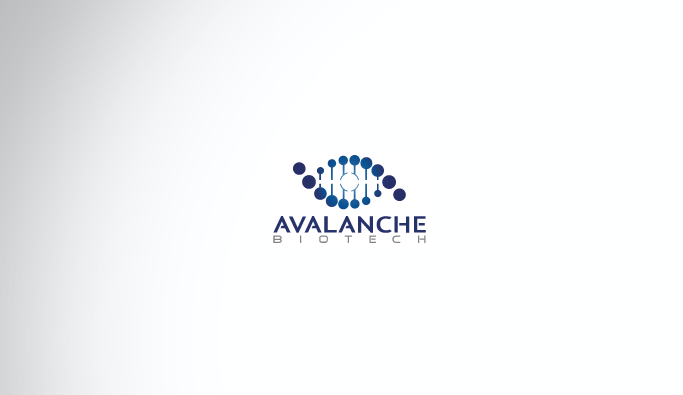
Pre-market bell yesterday, we got word that Avalanche Biotechnologies, Inc. (NASDAQ:AAVL) had picked up a small, French private biotech – Annapurna Therapeutics. Throughout the latter half of 2014, the company was a darling of the clinical development biotech sphere, having priced its IPO at a little over $27 and subsequently gaining to reach January 2015 highs just shy of $60 a share. Since then, however, the company has tumbled, and now trades for just $4.8, at a fraction of its year over year January market cap. The decline comes on the back of what turned out to be dishonest (to some extent) data reporting, and the subsequent termination of the development of one of the company’s lead pipeline candidates.
The latest acquisition marks a pivot in strategy for the company – refreshing its pipeline in an attempt to leave disrepute behind. Markets aren’t convinced. Avalanche is down nearly 10% on the buyout announcement, and its looks as though premarket we’ve got some selling action that will put pressure on the company’s market cap into the day’s open. With a pipeline restart, however, Avalanche is essentially an altogether different company. Since last year’s debacle, it’s got a new CEO, shored up its balance sheet, and now has an entry into the gene therapy space via Annapurna’s pipeline. Does this make it an attractive allocation at current prices? Probably not – at least not until it gets its freshly acquired therapies into human trials – but it does paint the company as one to keep an eye on. Market sentiment has driven it to its current market capitalization, but the science behind Annapurna’s therapies looks solid, and is backed up with some promising preclinical data. If human trials can mimic preclinical, we could see Avalanche’s market cap start to creep up.
So what has the company picked up, and why are the new therapies promising? Annapurna’s (now Avalanche’s) pipeline includes four gene therapy candidates, ANN-001, ANN-002, ANN-003 and ANN-004 targeting A1AT deficiency, hereditary angioedema, Friedreich’s Ataxia and severe allergy respectively.
The first of these, ANN-001, is the most advanced, and we likely wont see the rest developed for a good few years, so let’s focus on this one for the purposes of this discussion. A1AT is what’s called a serpin protease inhibitor. There are a number of enzymes in our bodies that perform useful functions, but only in moderation. Overactive enzymes can cause issues, and serpins such as A1AT help to regulate them. Specifically, they bind to the enzymes and – in doing so – deactivate them.
As its name suggests, A1AT deficiency is a condition whereby a patient doesn’t have enough A1AT. This causes symptoms that include liver damage, respiratory problems and lung cancer.
ANN-001 is a gene therapy candidate that targets the delivery of the A1AT protein, under the hypothesis that, through this introduction, the drug can counter a patient’s natural A1AT deficiency.
About 90,000 individuals suffer from the condition in the US, and current treatment options only work for about 6%, so there’s a big unmet need for a condition-wide treatment option. Where there is a big unmet need, there is a big opportunity, and it’s this opportunity Avalanche is targeting with ANN-001.
Where do things stand in the development timeline? The company (Annapurna) submitted an IND to the FDA last year, which put forward some efficacy data based on preclinical mice studies as justification for human trials. There doesn’t look to be any real reason why the agency won’t accept the IND for a safety and tolerability trial, and Annapurna (prior to its buyout) stated it intends to kick of clinical development this year – assuming the FDA gives the IND the green light.
With a large population currently not receiving any appropriate therapy, Avalanche should have no problem recruiting, so assuming things run smoothly we could start getting human trial data rolling in as soon as early 2017.
So what’s the takeaway here? Well, and to reiterate what we said in the introduction, Avalanche has bought out Annapurna with the goal of reversing current market sentiment towards its operations. Shares can be picked up at a 92% discount to its 2015 highs, but this isn’t really representative of its value, as back then the company had a totally different focus. We’d like to see the kicking off of recruitment in a tolerability trial before considering the company as a potential allocation, but it’s definitely watch throughout 2016.




